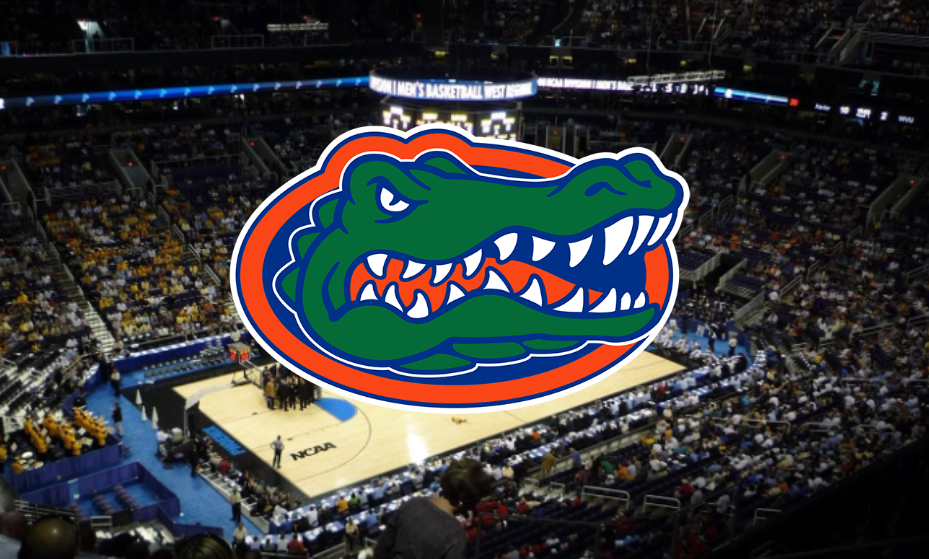The Paris 2024 Summer Olympic Games are widely anticipated amongst athletes and spectators alike. A large-scale event such as the Olympics is beneficial to a country’s economy and morale, the surge of excitement positively influencing the people it can reach. Every four years since 1994, the Olympics have been held, with the exception of a few years, such as the years of the World Wars. Every time, the Olympics are chosen to take place in different countries. As a result, each Games’ medals are specially forged for the current year with unique touches. On February 8, Paris 2024 unveiled its design for the medals of the upcoming 2024 Paris Olympic Games.
The gold, silver, and bronze medals are of a hexagonal shape, with parts of France’s very own Eiffel Tower within it. A French luxury jewelry house, Chaumet, was able to integrate bonafide pieces of metal from the Eiffel Tower into the middle of the medals. The stressed placement of the metallic piece highlights the historical and sentimental value of the medal, allowing the winners to take a piece of France back home with them. The front of the medal is affixed by claws that represent the rivets binding the Eiffel Tower, shaped as the “Clous de Paris.”
By placing the honor of crafting the Olympic medals to Chaumet, Paris linked history once again to Gustave Eiffel, the engineer of the Eiffel Tower, who ordered a pearl necklace from Chaumet for his daughter’s birthday in the 19th century, as reported by Forbes. As a final touch, it is planned that the Olympic medals would have the engravings of the specific sport, discipline, and event in French.
Paris didn’t need to alter the current Eiffel Tower for the making of the medals, though. During the 20th century, parts of the original Eiffel Tower had to be removed for the restoration of its elevators. The scrap pieces were stored in a confidential location and stayed there until the Olympic organization reached out to the Société d’Exploitation de la Tour Eiffel, an organization that maintains and preserves the Eiffel Tower. “It’s the opportunity for the athletes to bring back a piece of Paris with them,” Thierry Reboul, the director of brand, creativity, and engagement, told BBC News. “The absolute symbol of Paris and France is the Eiffel Tower.”
As for the design of the back of the medal, Nike, the Greek goddess of victory, holds the Olympic torch as she charges forward, symbolizing the very first Olympics. The Olympics originate from 3,000 years ago in ancient Greece. Sports contests at Olympia (where the Olympics got its name) took place every four years from 776 BC. Inspired by this, Frenchman Baron Pierre de Coubertin presented the idea of the first modern Olympics, which was held in Athens, Greece, in 1896.
Despite the Olympics’ long history, this year’s Olympic medals are special because the past Olympic medals did not contain any materials other than the original material that is used to craft the medals. Furthermore, the piece of metal from the Eiffel Tower takes a hexagonal shape. This serves as a nod to France’s nickname, “The Hexagon,” referring to the country’s geometrical hexagon shape.
The revealed medals will surely give the athletes the remaining push they need to strive for the best during the Olympics, which starts in four months. In addition to the Olympic Games, the Paralympic Games’ medal was also revealed during the occasion. This action symbolizes the closeness and similarity between the two games and their respective qualities. While the two medals both contain parts of the Eiffel Tower, the back of the medals are drastically different. This is because the Paralympics medals do not have a standardization of design, and are not required to depict Nike and the Olympic logo like the Olympics do.
The Paris Mint is known to be manufacturing 5,084 medals. 2,600 medals will be made for the Olympics and 2,400 for the Paralympics, according to NBC News. These numbers are higher than the amount required for the Games because they may be needed when medals need to be reassigned, or when the medals need to be moved to museums. If not, the remaining medals will be destroyed. As history meets the most desired reward athletes dream of, the polished medals will surely be an inspiring factor to the athletes competing in the 2024 Olympics.












































































































































